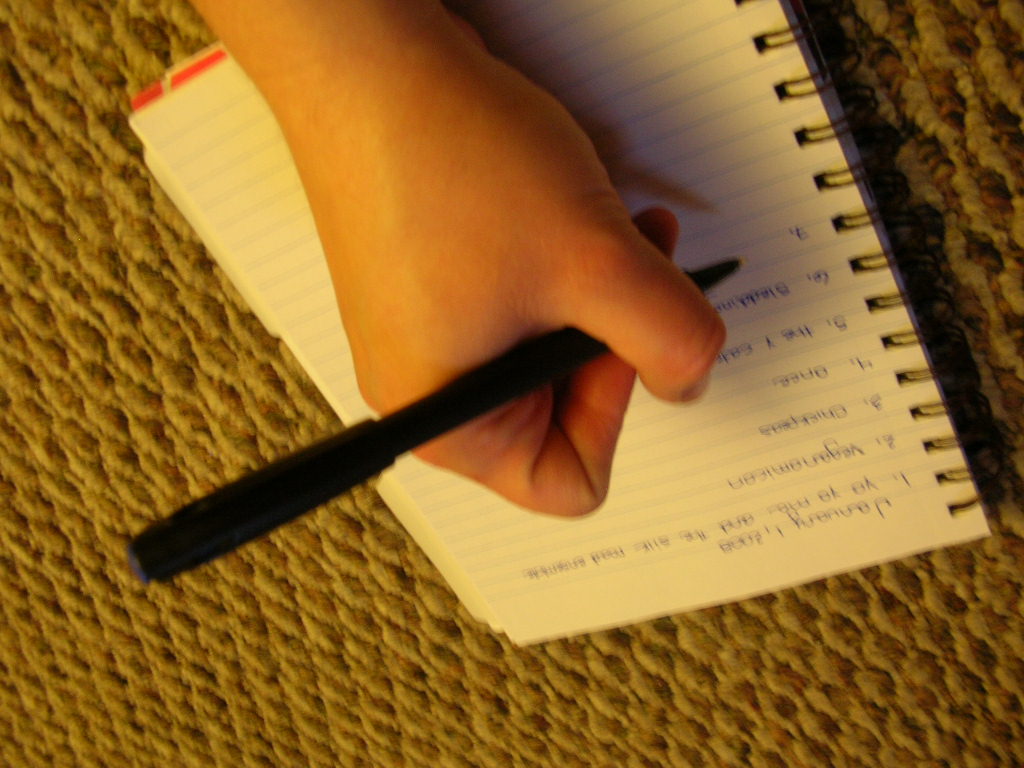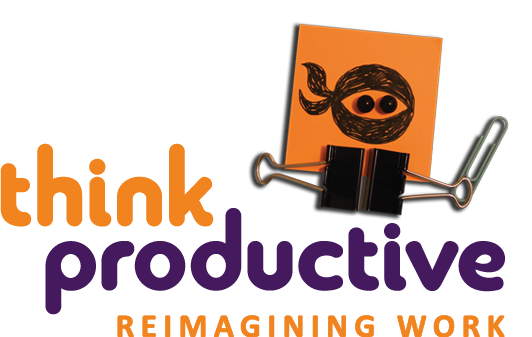One of the hardest things about being a new parent is that regardless of how well you sleep, you’ll be tired and your days more ‘disrupted’. I have found myself ‘pitching in’ with a lot more of the household chores in the last few weeks (!) and in an echo of our ‘Getting Your Inbox to Zero’ email training workshop, I’ve been doing my best to keep things as close to wash-basket zero as possible.
What this has meant for managing my attention is 3 things:
1. I have less of what I call ‘proactive attention’ – the times when you’re fully alert and chomping at the bit – than I would have usually.
2. I have lots of odd and surprising periods of attention, such as feeling really awake and alert at midnight when I’m doing the midnight feeding club, or wanting to feel engaged by work during menial domestic chores.
3. There’s more time when I’m on what I call ‘inactive attention’ – the times where you can delete old emails or order online shopping, but doing anything more taxing than this is hard going.

This has caused me to revisit the ‘Thinking List’.
The ‘Thinking List’ is often misunderstood. I talk about this in my book, but what often happens is that instead of keeping a list of things you need to do some concentrated thinking about, people use it as a ‘procrastination list’, where you’re allowed to keep a list of the things you’re avoiding decisions about, rather than actually making decisions. Used in this way, it can become unwieldy and start to erode your all-important ninja ruthlessness.
I used to be really disciplined about reaching for my ‘Thinking List’ whenever I jumped on a tube or was walking along the street, but in the last couple of years I’d let that habit wane, to the point where I’d basically put things on there as a reminder to come back to them when I did my next daily or weekly review, rather than using it regularly as a list in its own right.
However, when you’re really tired, the Thinking List is a fantastic sidekick. An idea or problem or decision is bugging you, you have zero energy to be able to deal with it at that moment, so instead of getting stressed about it, you simply add it to the Thinking List. Then, next time you’re feeling perky (which these days could easily be during my hanging out the washing or chopping onions) you reach for the list and start thinking through whatever the issue was. Using this, I’ve made some really useful breakthroughs during the evening that have compensated for my lack of form during the day, or set me up well for the following day.
So in some ways, I have indeed started to use it as something of a ‘procrastination station’ myself – and whilst I would have frowned upon this at the time I wrote the book, I now see it as a new way to use this tool – and one that makes it a more valuable tool for me than ever before.

